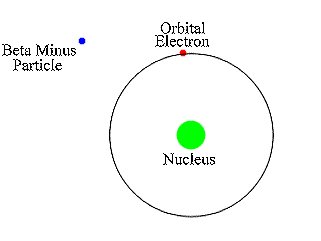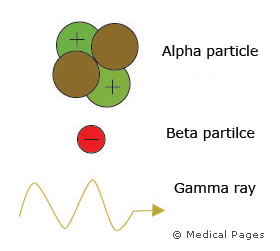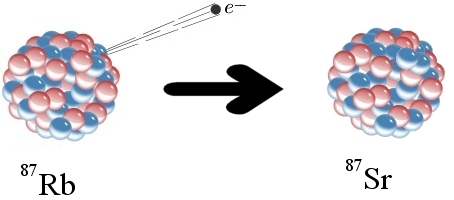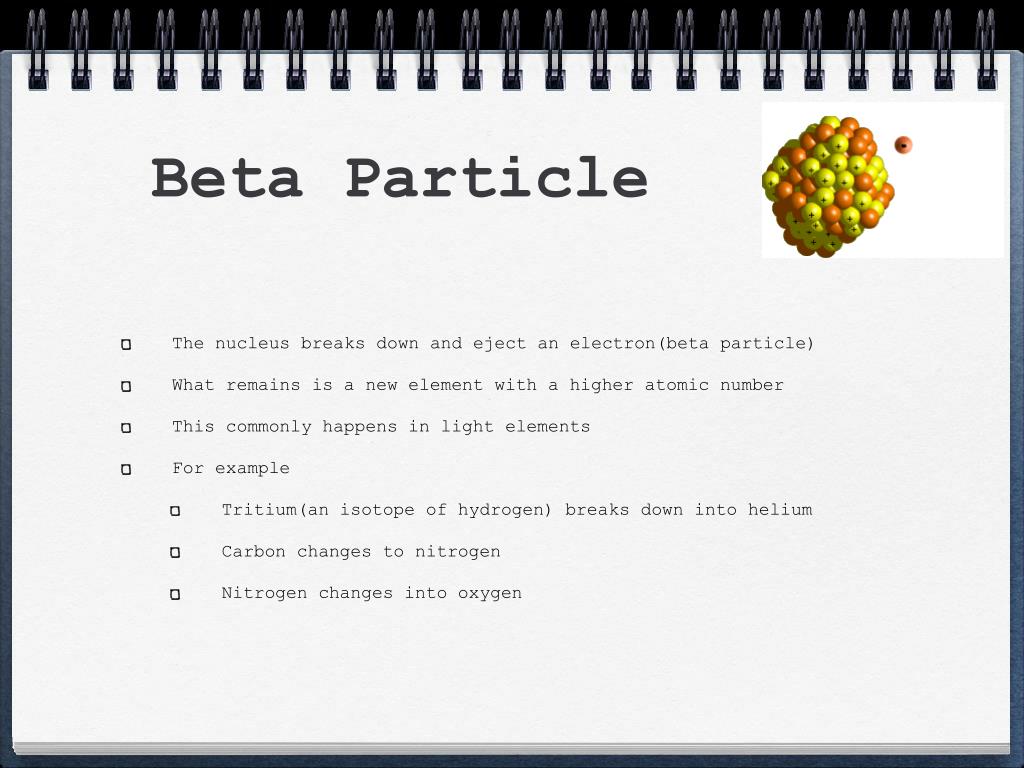

In this paper we consider a few important questions concerning the microuniverse of elementary physical systems. In the order of gamma, delta and delta-Y radiations it is possible to have electromagnetic neutrinos with greater frequencies than 3x1021Hz and the experimental research could gain the realization of neutrino lasers with smallest wavelength, lower than optical nanowaves, and able to reach a precision as far as picometres and femtometres. The theoretical research proves, for greater frequencies than gamma radiation of nuclear origin, the existence of other types of electromagnetic quantum radiations and these radiations, with neutrino nature,are due to the physical behaviour of unstable elementary particles. waves to the discontinuous and quantum nature of e.m. waves, from long waves to delta-Y rays passing for the optical band, there is a threshold frequencyequal to 300GHz, called Planck frequency, that represents the passage from the continuous nature of e.m. On the other hand photon is a quantum of electromagnetic energy that is described exactly, without uncertainties, by the Planck relation E=hf and it is at the same time an electromagnetic nanowave described by Maxwell's equations. Usually in QM photon is represented in space and in time by a distributed packet of waves and this physico-mathematical model generates the Indeterminacy Principle that postulates an intrinsic theoretical uncertainty regarding the measurement and the knowledge of characteristic physical quantities of photon. Let us want to examine objective aspects and limits of this theoretical approach in the order of Deterministic Quantum Physics that is a critical viewpoint towards ordinary QM.

Quantum Optics is studied normally with methods of ordinary Quantum Mechanics.

Specifically charged unstable baryons emit neutrinos inside the hard radiation of the delta band (δ-Y radiation with f≥1,13x10^23 Hz) and neutral unstable baryons emit neutrinos inside the soft radiation of the delta band (3x10^21 Hz≤f<1,13x10^23 Hz). The complete differentiation of proton and neutron implies a review of both the concept of baryon matter and the physical behaviour of baryon particles that in the new Model, when they are in the unstable state, emit on the decay baryon neutrinos. In the Non-Standard Model proton and neutron are two fully different particles with regard to mass, electric charge and spin (in SM the two particles have the same spin) moreover proton is a really elementary stable particle while neutron is a non-elementary unstable particle. ) and remember they lie in a plane so two angles ($\theta\rm\ and\ \phi$) are sufficient.The concept of nucleon with two values of isospin, deduced from Heisenberg' s idea, is one of fundamental concepts on the baryon matter in the Standard Model that considers proton and neutron are two different physical states of the same elementary particle (isotopic symmetry).

the $\alpha$-particles and the $\gamma$-rays take on only discrete values when emitted from a decaying nucleus. The spectrum of the Gamma and Alpha decays are both discrete, i.e.


 0 kommentar(er)
0 kommentar(er)
